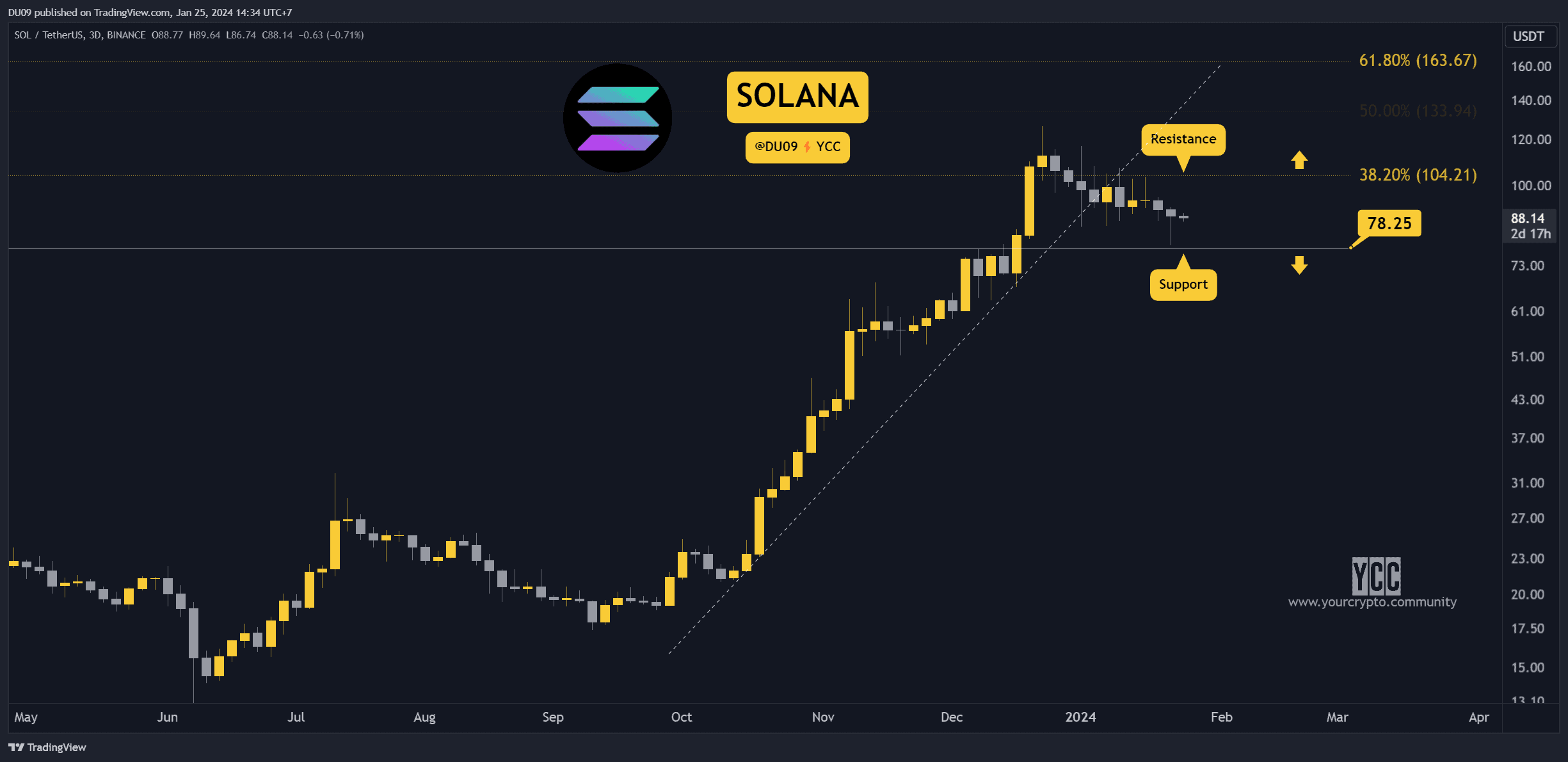Remember 2020? Data Shows Long-Term Holders Demand Higher Prices to Sell BTC
Bitcoin has attracted a new generation of hodlers in the last three years, as resilient investors are steadfastly holding onto their assets.
Data from the widely used HODL Waves metric reveals that individuals who purchased Bitcoin in late 2020 have chosen to retain their coins without selling.

Long-Term Holders Continue to Accumulate Bitcoin
Despite the 2023 bull run that has propelled Bitcoin prices to their highest levels in over a year, long-term holders (LTHs) of Bitcoin are showing no inclination to reduce their exposure. The positive momentum in Bitcoin’s price has been attributed, in part, to the anticipation of the first U.S.-listed spot Bitcoin exchange-traded funds (ETFs).
The HODL Waves metric, which categorizes the Bitcoin supply based on the time elapsed since each coin last moved, reveals a notable increase in a specific age band over the past year.
Coins unmoved for two to three years have significantly expanded their presence within the overall supply since the bear market bottomed in late 2022. Their share, which was around 8% of the supply in December of the previous year, has now surpassed 15% to reach 16%.
That indicates that individuals who bought Bitcoin between December 2020 and December 2021 have resisted the temptation to engage in mass profit-taking, showcasing their commitment to holding their investments.
The Realized Cap HODL Waves, which illustrate the relative weighted value of coin cohorts, also demonstrate the most significant gain in the percentage of the total realized cap coming from two to three-year-old coins.
According to data from the on-chain analytics firm Glassnode, as of December 6, the figure for Bitcoin controlled by LTHs stood at 14.92 million BTC, slightly below the all-time highs of 14.95 million BTC (76.3% of the supply) observed on November 28.
Short-Term Holders are Selling
Despite the resilience among long-term holders, Bitcoin has seen a remarkable 165% increase year-to-date, according to data from Coingecko, highlighting the overall strength and positive performance of the cryptocurrency.
In contrast to the steadfast long-term holders (LTHs) of Bitcoin, short-term holders (STH) or speculators have increased profit-taking activities over the past week. The surge in Bitcoin prices beyond $40,000 prompted a swift sell-off response from these holders, resulting in the liquidation of $4.5 billion worth of BTC within days.
Despite this substantial sell-off, it had a limited impact on spot markets, where LTHs already held a greater portion of the supply than ever before.
The post Remember 2020? Data Shows Long-Term Holders Demand Higher Prices to Sell BTC appeared first on CryptoPotato.









